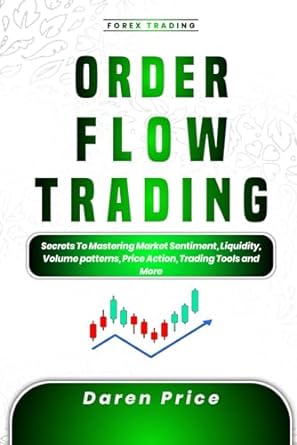Answered step by step
Verified Expert Solution
Question
1 Approved Answer
Use the year-end stock price data given to calculate annual returns for Bartman, Reynolds, and the Market Index, and then calculate average returns over the
Use the year-end stock price data given to calculate annual returns for Bartman, Reynolds, and the Market Index, and then calculate average returns over the five-year period.


Please provide a calculation for the problem
a. Use the year-end stock price data given to calculate annual returns for Bartman, Reynolds, and the Market Index, and then calculate average returns over the five-year period. Remember, returns are calculated by subtracting the beginning price (previous year year-end price) from the ending price (current year year-end price) to get the capital gain or loss, adding the dividend to the capital gain or loss, and dividing the result by the beginning price (previous year year-end price). Assume that dividends are already included in the index., so in your calculation of index return, you don't need to add the dividend. Also, you cannot calculate the rate of return for 2002 because you do not have 2001 data.) Data as given in the problem are shown below: Bartman Industries Year Stock Price 2007 $17.250 2006 14.750 2005 16.500 2004 10.750 2003 11.375 2002 7.625 Dividend $1.150 1.060 1.000 0.950 0.900 0.850 Reynolds Incorporated Stock Price $48.750 52.300 48.750 57.250 60.000 55.750 Market Index Dividend Includes Divs. $3.000 11,663.98 2.900 8,785.70 2.750 8,679.98 2.500 6,434.03 2.250 5,602.28 2.000 4,705.97 We now calculate the rates of return for the two companies and the index: Bartman Reynolds Index 2007 2006 2005 2004 2003 Average Note: To get the average, you could get the column sum and divide by 5, but you could also use the function wizard, fx. Click fx, then statistical, then Average, and then use the mouse to select the proper range. Do this for Bartman and then copy the cell for the other items. b. Calculate the standard deviation of the returns for Bartman, Reynolds, and the Market Index. (Hint: Use the sample standard deviation formula given in the chapter, which corresponds to the STDEV function in Excel.) Use the function wizard to calculate the standard deviations. Bartman Reynolds Index Standard deviation of returns c. Now calculate the coefficients of variation Bartman, Reynolds, and the Market Index. Bartman Reynolds Index Coefficient of Variation d. Estimate Bartman's and Reynolds's betas as the slope of a regression with stock return on the vertical axis (y- axis) and market return on the horizontal axis (x-axis). (Hint: use Excel's SLOPE function.) Bartman's beta = Reynolds' beta = d. Estimate Bartman's and Reynolds's betas as the slope of a regression with stock return on the vertical axis (y- axis) and market return on the horizontal axis (x-axis). (Hint: use Excel's SLOPE function.) Bartman's beta = Reynolds' beta = e. The risk-free rate on long-term Treasury bonds is 6.04%. Assume that the market risk premium is 5%. What is the expected return on the market? Now use the SML equation to calculate the two companies required returns. Market risk premium (RPM)= Risk-free rate = 5.000% 6.040% Expected return on market = Risk-free rate Market risk premium Bartman: Required return Reynolds: Required return X f. If you formed a portfolio that consisted of 50% Bartman and 50% Reynolds, what would be its beta and its required return? The beta of a portfolio is simply a weighted average of the betas of the stocks in the portfolio, so this portfolio's beta would be: Portfolio beta = g. Suppose an investor wants to include Bartman Industries' stock in his or her portfolio. Stocks A, B, and Care currently in the portfolio, and their betas are 0.769, 0.985, and 1.423, respectively. Calculate the new portfolio's required return if it consists of 25 percent of Bartman, 15 percent of Stock A, 40 percent of Stock B, and 20 percent of Stock C. Beta 0.769 Bartman Stock A Stock B Stock C Portfolio Weight 25% 15% 40% 20% 100% 0.985 1.423 Portfolio Beta = Required return on portfolio: Risk-free rate Market Risk Premium BetaStep by Step Solution
There are 3 Steps involved in it
Step: 1

Get Instant Access to Expert-Tailored Solutions
See step-by-step solutions with expert insights and AI powered tools for academic success
Step: 2

Step: 3

Ace Your Homework with AI
Get the answers you need in no time with our AI-driven, step-by-step assistance
Get Started


